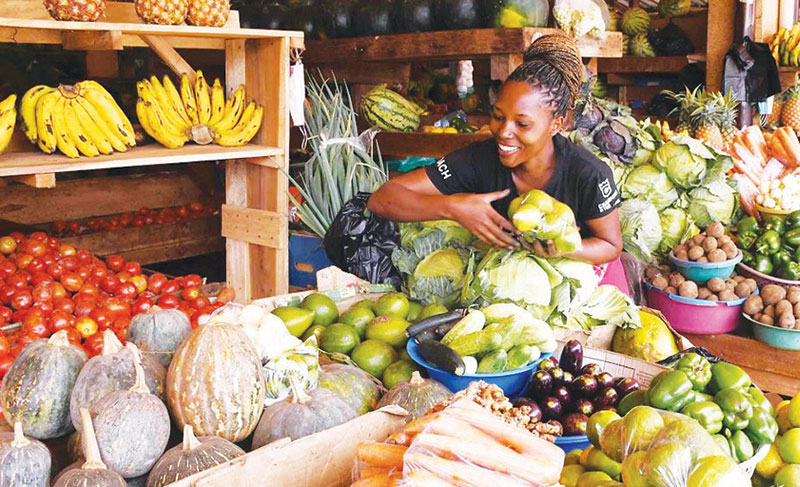
Uganda’s annual headline inflation has dropped to 3.4 per cent in October 2025, down from 4.0 per cent in September, offering a measure of relief to households that have been grappling with high living costs.
The latest figures from the Uganda Bureau of Statistics (UBOS) show that prices of several food items, fuel, and household goods eased slightly, although education and health costs remain elevated.
According to the Consumer Price Index (CPI), which tracks the average change in prices of goods and services over time, prices are still rising, but at a slower pace than in previous months.
The slowdown is most noticeable in food markets, where prices of staples such as tomatoes, sweet potatoes, pineapples, and beans fell compared to September. UBOS data indicates that annual food crops and related items inflation dropped to 6.1 per cent in October from 7.4 per cent the previous month.
Improved supply from the harvest season has helped stabilise markets and reduce pressure on prices. Tomato prices, for example, rose by 18.8 per cent compared to 30.4 per cent in September, while sweet potatoes increased by 18.9 per cent, down from 23.6 per cent.
Pineapples recorded one of the sharpest drops, increasing by 23.2 per cent, compared to 44.6 per cent the previous month.
“These numbers show that while food prices remain high, the pace at which they are increasing is slowing down,” said Juliet Nakayenga, a principal statistician at UBOS.
“This means that households are beginning to feel some relief at the market stalls.”
For many urban families, the easing comes as welcome news after months of struggling to balance food budgets. The Energy, Fuel, and Utilities (EFU) index also remained largely stable, posting a marginal increase of 0.1 per cent in October from -0.1 per cent in September.
Charcoal prices rose modestly by 6.3 per cent, while petrol and gas prices continued to decline, providing slight relief to commuters and transport operators. For low-income households, charcoal and firewood remain essential cooking fuels.
The slower rise in charcoal prices, compared to earlier in the year, has eased daily household expenses. Similarly, lower petrol prices have contributed to reduced transport costs.
The core inflation rate, which excludes food and energy prices, also dropped to 3.4 per cent from 4.0 per cent. The slowdown was driven by smaller price increases for sugar and meat, as well as reduced costs in accommodation and transport services, which fell to 3.2 per cent and 1.0 per cent, respectively, from 3.3 per cent in September.
However, other services remain expensive. Education inflation rose to 7.6 per cent, up from 6.3 per cent, driven by higher school fees at the start of the final academic term. Health-related costs also rose slightly by 4.0 per cent, showing little improvement from September.
The UBOS report shows that inflation varied across regions. Kampala’s high-income group recorded the highest rate at 4.9 per cent, mainly due to increased education and clothing costs.
Masaka followed with 4.1 per cent, while Mbale recorded the lowest rate at just 0.6 per cent, helped by falling accommodation and communication costs. The variations, UBOS noted, reflect differences in household spending patterns and local market conditions.
Urban centres, where rent, fuel, and school fees are higher, tend to experience stronger inflationary pressures than rural areas, where food is produced locally. For traders, the slight easing in prices has begun to restore consumer confidence.
“Last month I was selling tomatoes at nearly Shs 3,000 per kilo, but now they go for around Shs 2,500,” said Sarah Namusoke, a vendor at Owino market.
“People can now buy a bit more often, though other things like school fees are still expensive.”
Economists say maintaining low inflation is crucial for protecting purchasing power and supporting economic recovery. They warn, however, that future price movements will depend on factors such as weather patterns and global fuel trends.
At 3.4 per cent, Uganda’s inflation remains within the government’s target range, offering cautious optimism to consumers, traders, and policymakers that the cost of living is finally beginning to stabilise.



